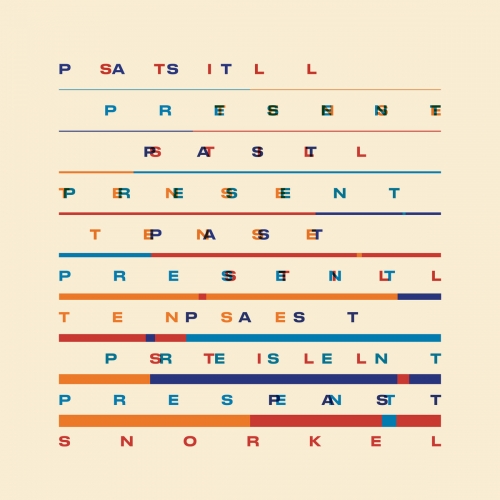Maxime Le Forestier - Ne quelque part (1988/2004) [SACD]

Artist: Maxime Le Forestier
Title: Ne quelque part
Year Of Release: 1988/2004
Label: Mercury/Polydor - 981 939-8
Genre: Pop, French Chanson
Quality: DSD64 image (*.iso) / 2.0, 5.1 (2,8 MHz/1 Bit)
Total Time: 00:36:50
Total Size: 2.27 GB
WebSite: Album Preview
Tracklist:Title: Ne quelque part
Year Of Release: 1988/2004
Label: Mercury/Polydor - 981 939-8
Genre: Pop, French Chanson
Quality: DSD64 image (*.iso) / 2.0, 5.1 (2,8 MHz/1 Bit)
Total Time: 00:36:50
Total Size: 2.27 GB
WebSite: Album Preview
1. Né Quelque Part
2. Les Deux Mains Prises
3. Une Cousine
4. Si Je Te Perds duo avec Geneviève Paris
5. La Visite
6. Frissons D'Avril
7. Les Mots Et Les Gestes
8. Ambalaba reprise d’un séga mauricien
9. Les Nuits Douces
10. Cool Heure
Bruno Le Forestier was born on 10 February 1949 in Paris to an English father and a French mother Genevieve (née Lili 1917—2010) who had lived in England. He had two older sisters, Anne and Catherine.
His musical training started on the violin. He attended the Lycée Condorcet, where he studied literature.
In 1965, he formed a duo (Cat et Maxime) with his sister Catherine. Playing at cabaret venues on Paris' Left Bank, the pair met and formed a friendship with Georges Moustaki. They were amongst the first artists to cover a number of songs by Moustaki – including Ma Liberté and Ma Solitude. In 1968, Catherine joined Moustaki as a backing singer. Le Forestier began to focus on songwriting and composed Ballade pour un traître which was recorded and released by the French/Italian singer and actor, Serge Reggiani.
Le Forestier continued as part-time singer/songwriter during his military service (beginning 1969) with a parachute regiment (the inspiration for the song Parachutiste). He recorded two songs: Cœur de Pierre, Face de Lune, and La Petite Fugue.
His military service ending September 1970, Le Forestier refocused on his musical career. He developed a folksy style which was enormously popular in the 1970s and 1980s. He and his sister spent the summer of 1971 living in the Castro District of San Francisco at the invitation of his friend, Luc Alexandre. The experience, and meeting Allen Ginsberg, was the inspiration of a popular song, San Francisco.
His first album Mon Frère, released in 1973, contains several pieces that have entered French folklore, including the title song Mon frère, San Francisco, Comme un arbre and Education sentimentale. He toured extensively, both in France and abroad. In 1976, he toured in 14 cities in the USSR. Recently he has gained particular acclaim for his reworkings of the songs of Georges Brassens.
His musical training started on the violin. He attended the Lycée Condorcet, where he studied literature.
In 1965, he formed a duo (Cat et Maxime) with his sister Catherine. Playing at cabaret venues on Paris' Left Bank, the pair met and formed a friendship with Georges Moustaki. They were amongst the first artists to cover a number of songs by Moustaki – including Ma Liberté and Ma Solitude. In 1968, Catherine joined Moustaki as a backing singer. Le Forestier began to focus on songwriting and composed Ballade pour un traître which was recorded and released by the French/Italian singer and actor, Serge Reggiani.
Le Forestier continued as part-time singer/songwriter during his military service (beginning 1969) with a parachute regiment (the inspiration for the song Parachutiste). He recorded two songs: Cœur de Pierre, Face de Lune, and La Petite Fugue.
His military service ending September 1970, Le Forestier refocused on his musical career. He developed a folksy style which was enormously popular in the 1970s and 1980s. He and his sister spent the summer of 1971 living in the Castro District of San Francisco at the invitation of his friend, Luc Alexandre. The experience, and meeting Allen Ginsberg, was the inspiration of a popular song, San Francisco.
His first album Mon Frère, released in 1973, contains several pieces that have entered French folklore, including the title song Mon frère, San Francisco, Comme un arbre and Education sentimentale. He toured extensively, both in France and abroad. In 1976, he toured in 14 cities in the USSR. Recently he has gained particular acclaim for his reworkings of the songs of Georges Brassens.








![Tim Kliphuis, Maya Fridman, Marc van Roon - Kosmos (2025) [Hi-Res] Tim Kliphuis, Maya Fridman, Marc van Roon - Kosmos (2025) [Hi-Res]](https://www.dibpic.com/uploads/posts/2025-12/1765893448_folder.jpg)